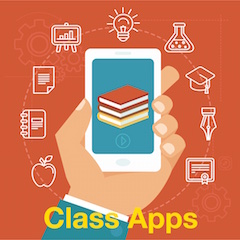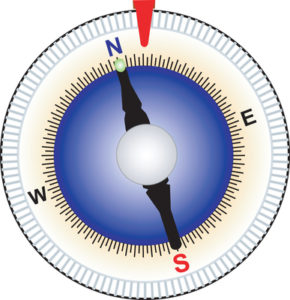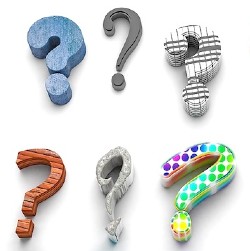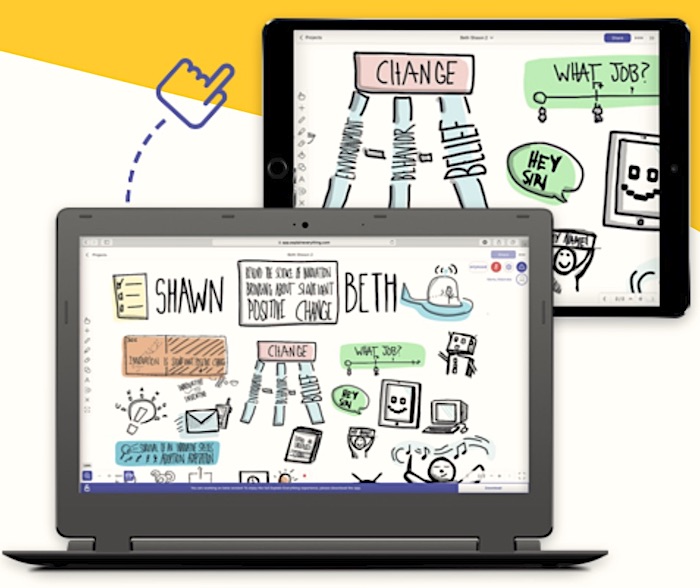A Crash Course in Summative Assessment
A MiddleWeb Blog

My principal entered the door just as students were finishing up the short, engaging partner debate I had designed as an anticipatory set. She moved stealthily to the back of the room, took a seat, and began to watch and take notes on her laptop.
As the lesson progressed, I grew more and more confident that I was “knocking it out of the park.” My students were polite, participating, on-task, and seemed genuinely interested in the work.
When class was over, the administrator stood, smiled at me, and left. On her way out, she politely said, “Thank you for the opportunity to observe. I look forward to meeting with you about your lesson after school today.”
They’re Learning. I Think.
Our conference started off just as I had hoped…with my principal mentioning (and occasionally complimenting) the interactive, student-centered elements of the lesson. After a few polite exchanges, however, she asked me a simple, straight-forward question that still echoes in my head:
What evidence do you have of your students’ learning?
It caught me off-guard. I scratched my head, then bumbled, “They’re learning, I think.” I rambled on for a few minutes about how I “felt” the lesson went, the discussion we had in class, some of the questions posed by students, and how engaged they seemed to be. But the truth was that – other than how I thought or felt the lesson had gone – I had no real evidence of individual student learning.
Knowing Exactly Where Our Kids Are

The pandemic has thrust an increased number of educators into delivering instruction in online and hybrid environments. This added distance between teacher and student requires each of us to monitor learning even more closely than we have before.
It’s not enough to merely create learning activities for students to pass through – or even spend a few minutes on the fly to do quick daily check-ins. We need to gather evidence – real evidence – of where each and every student is. Below is a crash-course for doing just that.
► Focus summative tasks on essential knowledge and skills. It simply isn’t possible, or necessary, to assess everything. Instead, focus on essential knowledge and skills. Educators need to make deliberate, strategic decisions between what is “nice” to know and what students “need” to know.
► Remember that it usually takes longer to address the curriculum and to design lessons online than it does face to face. Teachers cannot work in isolation, but must work with their colleagues/teams to come to consensus about what standards/skills take priority and how they will be assessed.
► Summative assessments – as well as the rubrics and scales used to evaluate them – should be among the first things we design, rather than an afterthought to instruction. Doing so helps teachers and students work with the end in mind when we start feeling a bit overwhelmed or lost.
► In a blog post last year, Andrew Miller suggested that teachers shift our view of summative assessment “from one big event to a series of smaller events.” Depending on what is being assessed, teachers may be able to take these tasks and split them into shorter, discrete mini-tasks or performance items to be completed over a longer term rather than in one sitting.

► Use feedback to close the gap between present and desired performance. Remember that – especially in distance learning environments – effective feedback should be tailored to the performance of each student, and include information about both the product and process involved in a learning task (Fisher, Frey, & Hattie, 2021).
► Make it clear what success looks like. In a past blog post, I discussed the importance of taking time to clearly communicate both the steps and success criteria for assessments. Doing so helps ensure that students submit their best effort rather than a fumbled attempt to figure out what they are supposed to do.
Technology for Testing
The number of digital tools available to streamline summative assessment can be overwhelming. Therefore, it’s important for each of us to employ the tools that work best for the context of our students and school.
First, remember that the Learning Management System (LMS) used in each of our schools comes with built-in tools. Rather than try to use them all, select the one(s) that simplify and optimize students’ ability to demonstrate what they know and can do. Each educator should be on the hunt for tools with accessibility features that make it possible for students to complete tasks/assessments with minimal adult assistance.
Second, each school district has their own guidelines about what and how external tools can be utilized, so be familiar with the technology rules of your school. When in doubt, check with an administrator to ensure that you are in compliance and that students’ work/data are secure.
Finally, working within your district guidelines, seek to employ digital tools that help capture evidence of authentic learning. For example….
► Consider free, simple tools that allow students to record themselves presenting final projects, summaries of learning and/or explanations of how they solved a problem. Tools for doing so include Loom, Screencast O’Matic, and Screencastify.

► Or…why not allow students the option for a more dynamic student presentation using something like Explain Everything Whiteboard. It works on Chrome, iPad, and Android and allows students to record outside of a browser. Students build their own presentation from whatever images, slides, websites or videos they want to use, then record each slide as they speak, draw, and direct the presentation.
► Most of us like/need to hear important directions more than once. That’s why it’s also important for teachers to consider using the types of tools mentioned above, or something like Prezi Video to create their own video tutorials (see this example or this example) of assessments with step-by-step directions, modeling, and tips about common mistakes to avoid.
► Technology can also be used to make feedback more effective. Tools like Mote and Kaizena allow teachers to provide voice comments as feedback instead of writing. As Jennifer Gonzalez’ recent post at Cult of Pedagogy pointed out, feedback in the form of voice comments is not only faster; it’s also more personal and allows the subtleties of voice to communicate feedback clearly, rather than be misinterpreted, which can easily happen with written comments. (Also see Jennifer’s thoughts about Bulb, a portfolio assessment app that “makes putting together a digital portfolio a pleasure.”)
Where Are Your Kids?
As a father of four busy boys, I know how difficult it can be to keep track of our kiddos. Despite my own best efforts as a dad, I have managed to lose nearly every one of my sons at some point at either a park, store, hike, and a handful of other places. But…no real harm came to them because it took only a few minutes for me to realize they were lost and even less time to locate them.
The same could be said of our students during this school year. In this challenging time where much of instruction and assessment takes place from a distance, there is no more important time to know where our kids are, what they can do, and how we can design assessments that help them…and us…feel a little less lost.
References
Fisher, D., Frey, N., & Hattie, J. (2020). The distance learning playbook, grades K-12: Teaching for engagement & impact in any setting. Corwin.
Also see by these authors: The Assessment Playbook for Distance & Blended Learning (November 2020), including these free resources.




























